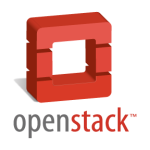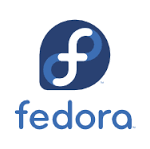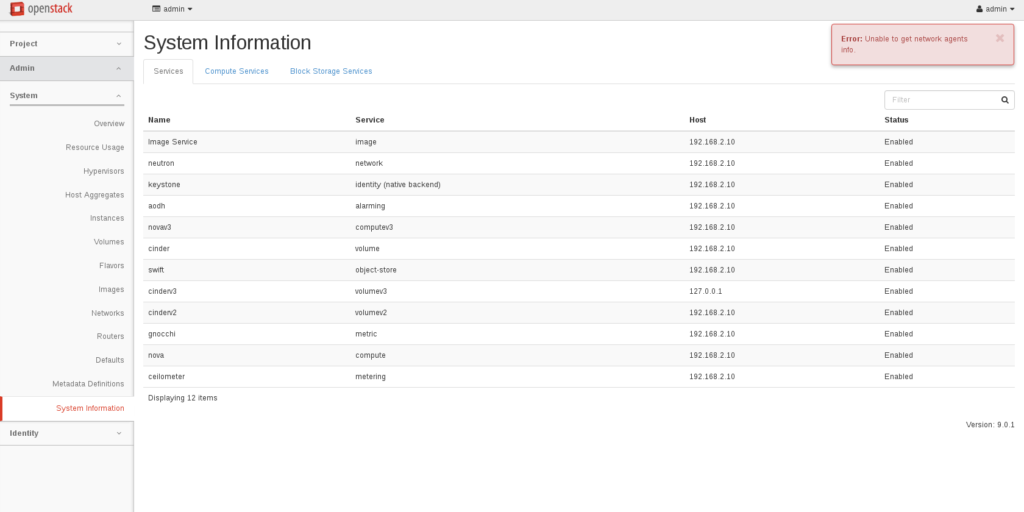Install OpenStack Newton All In One with Heat Service on CentOS 7

In OpenStack all-in-one configuration all OpenStack nodes (controller node, compute node, network node) are installed on a single machine. All in one configuration can be quickly deployed for testing purposes and is often recommended for developers to test their applications on top of OpenStack environment.
In this tutorial we install OpenStack Newton release from RDO repository including Heat Orchestration service on single node (all-in-one installation) based on CentOS 7 / RHEL 7 using packstack installer script.
Read More








